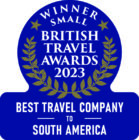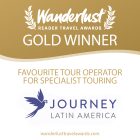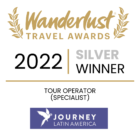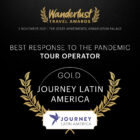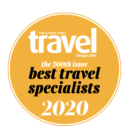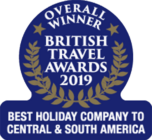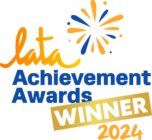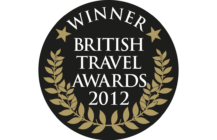Pantanal Paradise

I have been to the Amazon a dozen times. Yet on my first day to the Pantanal, I saw more animals than in all my Amazon trips put together. Egrets, storks and herons assembled on the riverbanks, howler monkeys and iguanas crouched in the trees, and toucans and parakeets flew across my path.
The Pantanal is the world’s largest wetland area, covering an area almost the size of the British Isles. In the last ten years, the area has quite rightly gained a reputation as a wildlife paradise. Yet tourists go almost exclusively to the southern part - which, since it is nearer to Brazil’s built-up coastal region, is easier to get to. As a result, a lot of the peripheral land is occupied by cattle ranches.
I visited the Pantanal from the north side - which has hardly been disturbed by human activity. Arriving at the eco-lodge Pousada Rio Mutum by boat, I passed through an almost completely submerged landscape of flooded rivers and lakes. Our small dinghy cut through reeds, floating hyacinth lilies, and the tops of sunken trees. Humans here are vastly outnumbered by animals. The Pantanal has a population of about 35 million caimans - the South American alligator. I was the only guest staying at the Pousada Rio Mutum, although I didn’t feel alone. Several pairs of reptilian eyes observed me as I stepped off the boat onto the wooden jetty.
At the lodge, you do not need to be adventurous to see colourful species. From my breakfast table, and before I had finished my coffee, I counted caracaras, cardinals, flickers, kiskadees and a purplish jay in a neighbouring tree. Lala, a domesticated caninde macaw, kept me company by squawking in Portuguese. (She has a vocabulary of about 700 words). If birdwatching were always this easy, we’d all be doing it.
More than half of the 652 bird species in the Pantanal have been spotted from the Pousada Rio Mutum. At the entrance - high up in a tree - is the bird which is the symbol of the region - the Jabiru stork, which has a wingspan that can reach 2 metres. The Pantanal has more large birds than anywhere else in the world.
The animals that you see depend on what time of the year you visit - and also on a fair amount of luck. In the wet season, the water level is high and it is particularly good for birds. In the dry season, the rivers are lower and the animals congregate in huge numbers by the shrunken water sources. I did not see any big cats, but visitors at Rio Mutum have seen jaguars, panthers and pumas - as well as anacondas and rare animals like the giant anteater, giant river otter and marsh deer. When the water level is low, the lodge organises walking treks through the vegetation. During the wet season you use the local transport instead - the Pantanal horse.
Descended from the Andalucian horse brought by the Portuguese explorers, the Pantanal horse has adapted brilliantly to its new environment. It has uncharacteristically strong feet to wade through muddy water and the ability to eat submerged grass. I took a ride. The water was up to the stirrups as the horse nimbly and slowly negotiated the flooded path. A few metres away, a caiman ogled as we passed. "The caimans aren’t aggressive and wouldn’t go for the horse," my guide said, reassuringly. "The only problem comes if the horse stands on one by accident." He added that he had never known this to happen.
As we trundled through reeds and bushes I saw howler monkeys and, in the ultra-clear water, shoals of small fish. Completely surrounded by lushness, even the trees seemed to come alive - especially the 'strangler', whose trunk and branches dramatically entwine around other tree species.
Late one evening we took the dinghy to a road, where a four-wheel drive was parked. For a couple of hours we drove down a track with torches trying to look for big cats - we were unlucky, and just saw some foxes, but the landscape at night had a magical charm. Even when you don’t see animals, the vegetation in the Pantanal is stunning - and well worth the trip.
Alex Bellos, Writer and Photographer.
Tailor-made holidays
Flexible, custom-made holidays to Latin America created to match your exact requirements: our tailor-made itineraries are as unique as the clients for whom they are designed.
Design my trip
